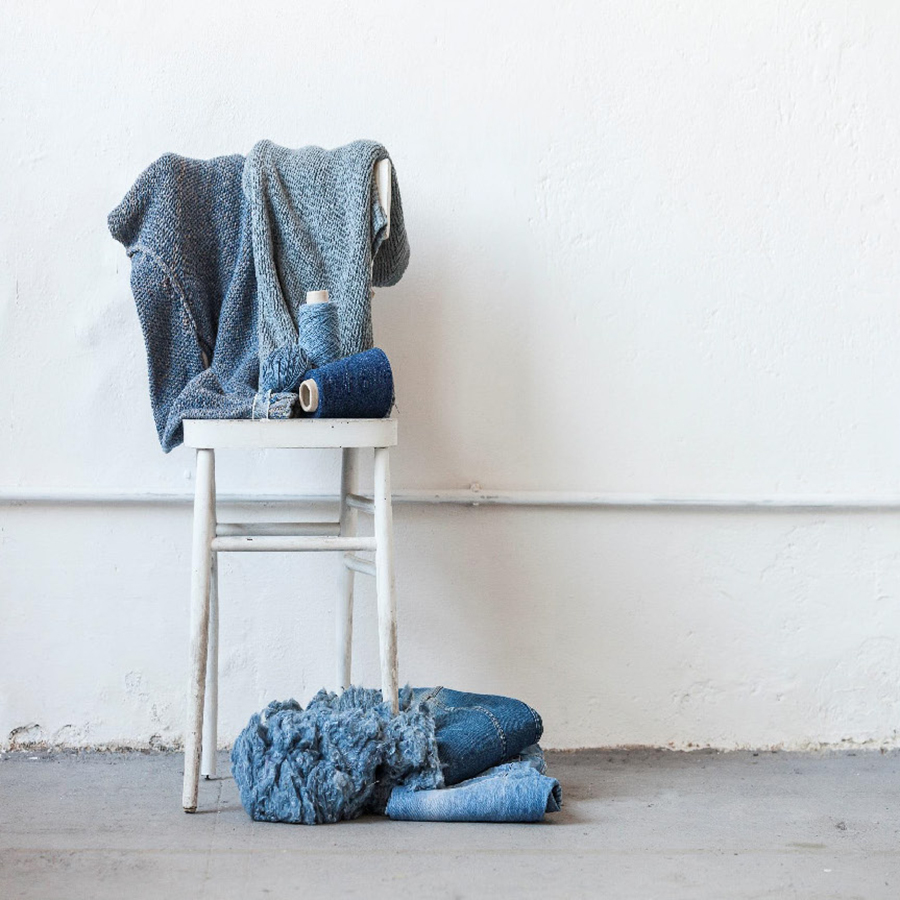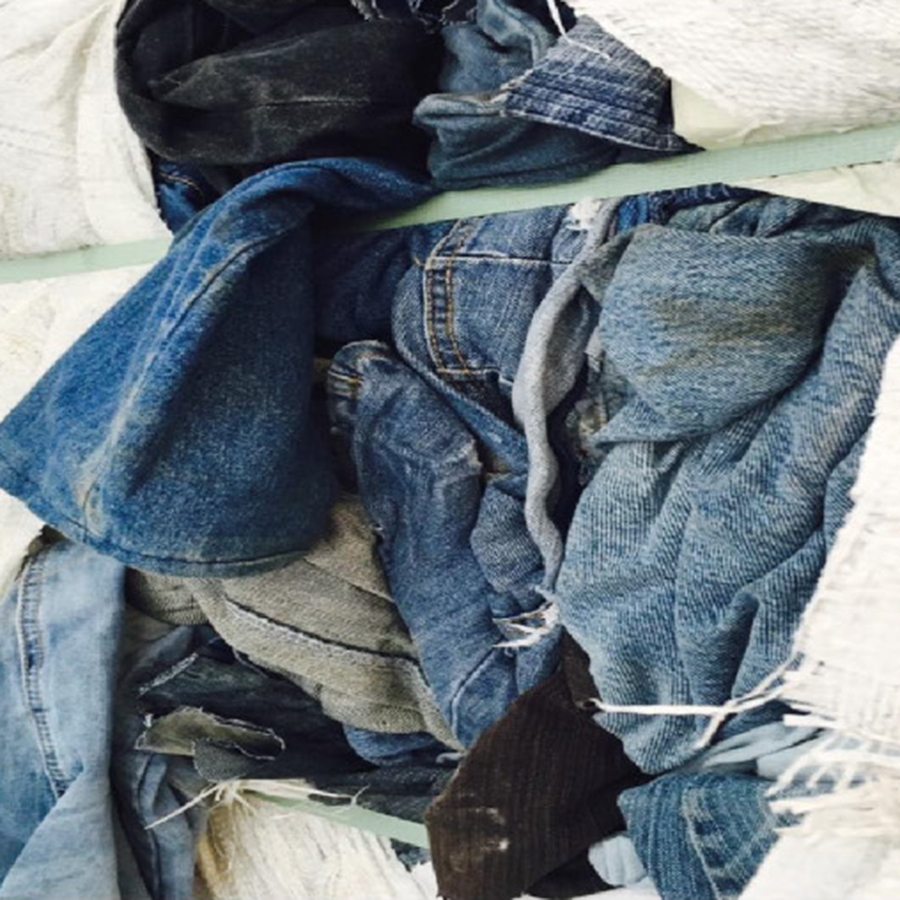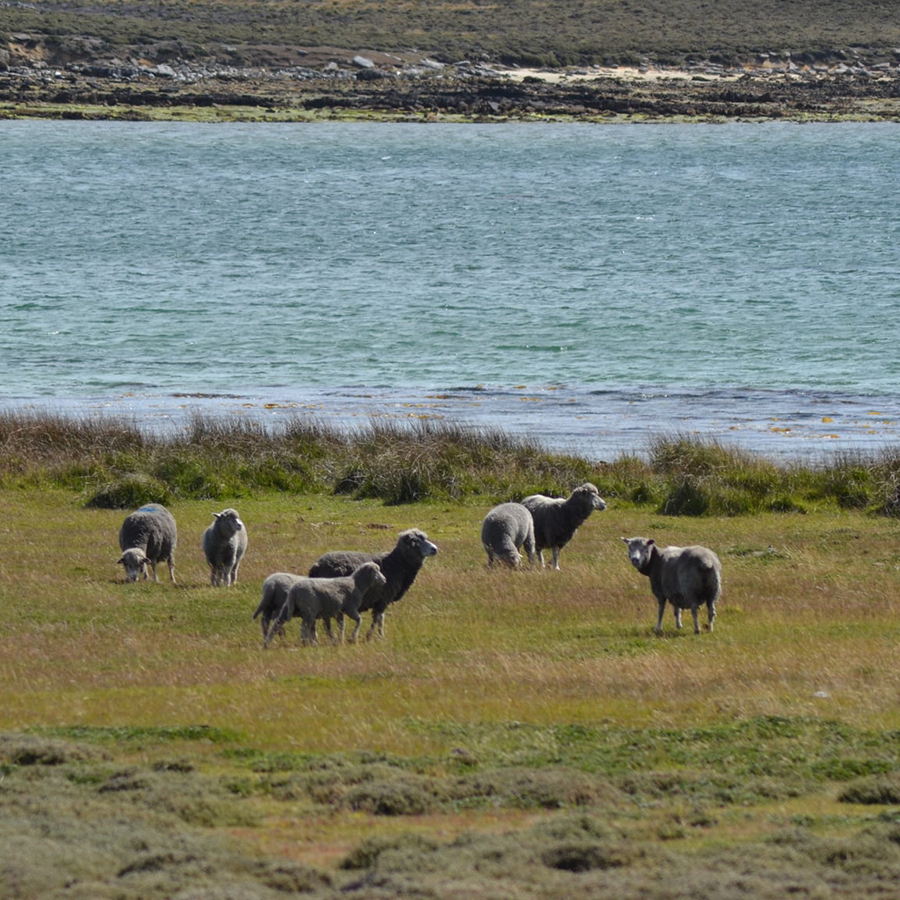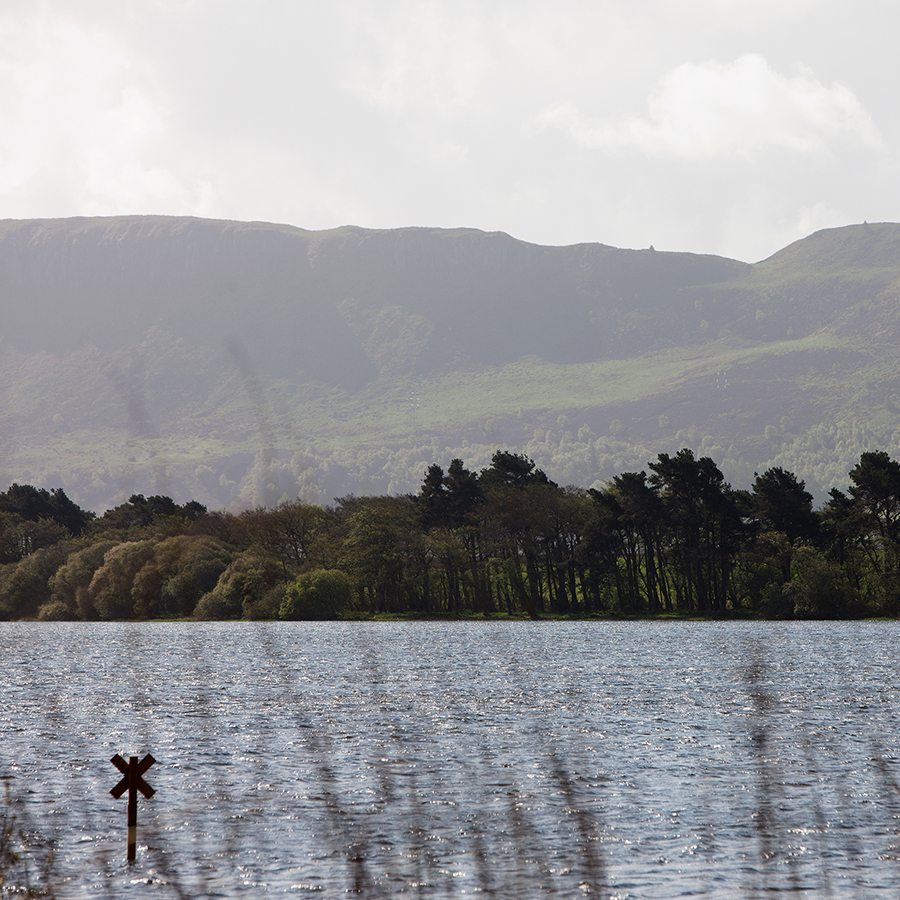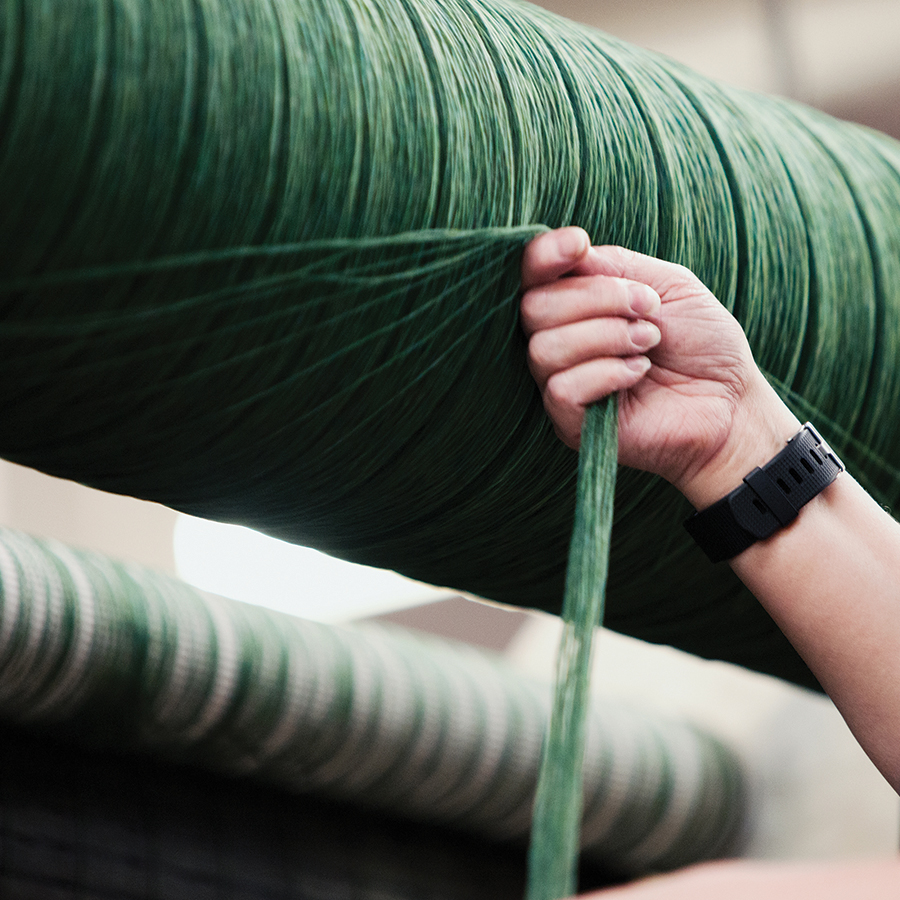Fibre Awareness
Making choices today that will positively impact the planet tomorrow is becoming more and more important for many of us. Protecting the environment and having the ability to exist and move forward, without depleting natural resources for future generations, is high on the agenda.
Creating a garment by hand from a natural fibre, be it through hand knitting or crochet, is itself a very satisfying process. To also have an understanding about where that yarn has come from and the journey it has been on is even more rewarding. We take a look at the stories behind some of our yarns.

